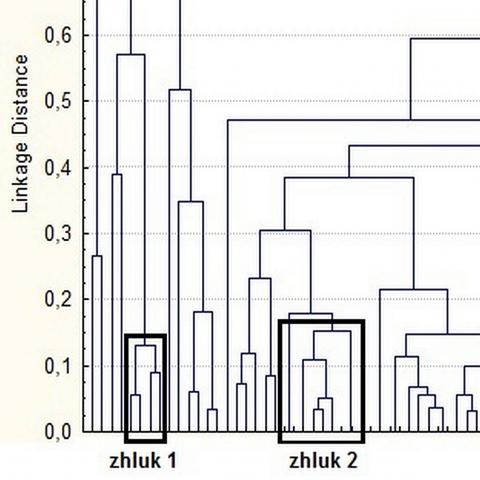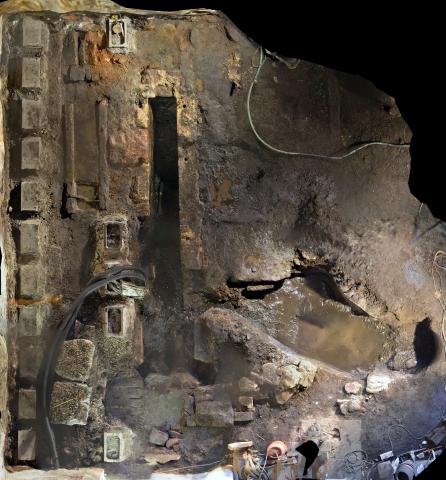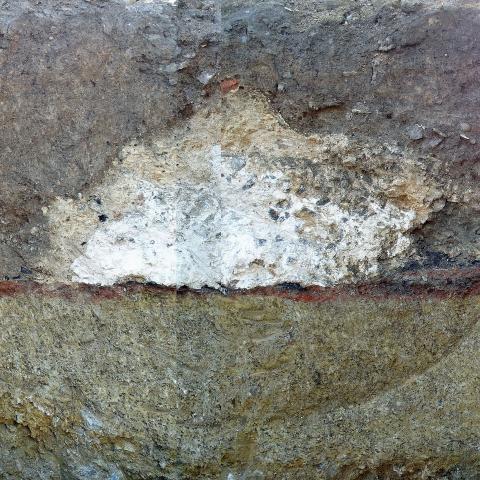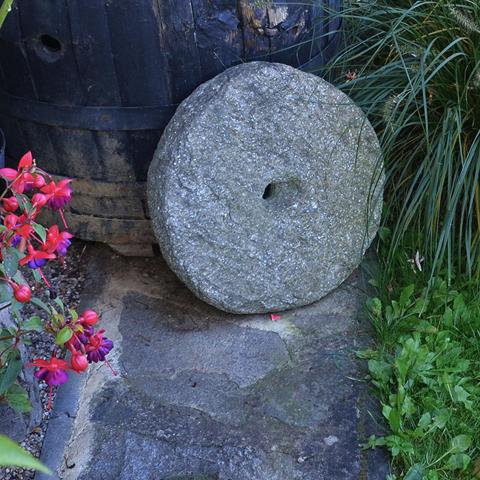Dyznové vložky – neobvyklý inventář moravských raně středověkých železářských hutí?
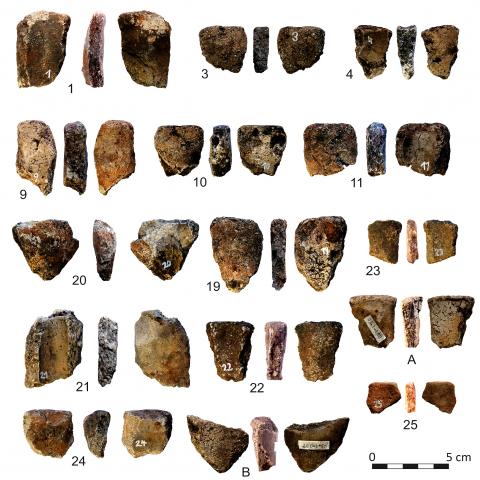
Mezi nejpočetnější relikty činnosti starých hutníků nalézané při archeologických výzkumech jejich dílen patří jejich odpady – strusky. Méně obvyklými (ale například v prostředí západní Moravy početnými) jsou dyzny – keramické trubice umožňující dmýchání do nístějí železářských pecí a současně chránící ústí měchů před vysokým žárem. V dílnách je přítomna i keramika umožňující dataci, došlo i k nálezům několika kusů nářadí, zlomků dyznových štítků či panelů, brousků i vlastních výrobků hutí – železářských lup. Zdá se, že některé zkoumané západomoravské huti obsahují i další typ jinde nepřítomné (či nerozpoznané) technické keramiky – dyznové vložky, keramické trubice kónického tvaru usnadňující upevnění dyzen do nístěje pecí či výhní. Cílem následujícího textu je v krátkosti upozornit na tyto artefakty, jejich možné využití v rámci hutnického procesu a prostřednictvím popisu případným dalším badatelům usnadnit identifikaci.
Tuyere liners – an unusual inventory of Moravian early medieval ironworks?
Among the most numerous relics of the activity of ancient ironworkers found during archaeological excavations of their workshops are the production waste in form of slag. Less common (but still numerous in Western Moravia) are tuyeres – ceramic tubes that allow blowing of air into the iron furnace hearths and at the same time protect the mouths of the bellows from high heat. In metallurgical workshops, ceramics enabling dating is also present. Several pieces of tools, fragments of tuyere shields or panels, grinding wheels and the ironworks‘ own products – blooms – have been found as well. It seems that some of the researched West Moravian bloomery workshops also contain another type of technical ceramics not present (or not recognised) elsewhere – tuyere liners – ceramic tubes of a conical shape facilitating the mounting of the tuyeres into the furnaces or hearths. The aim of the following text is to briefly highlight these artefacts, their possible use during the metallurgical process and, through their description, to facilitate their identification by other researchers.

